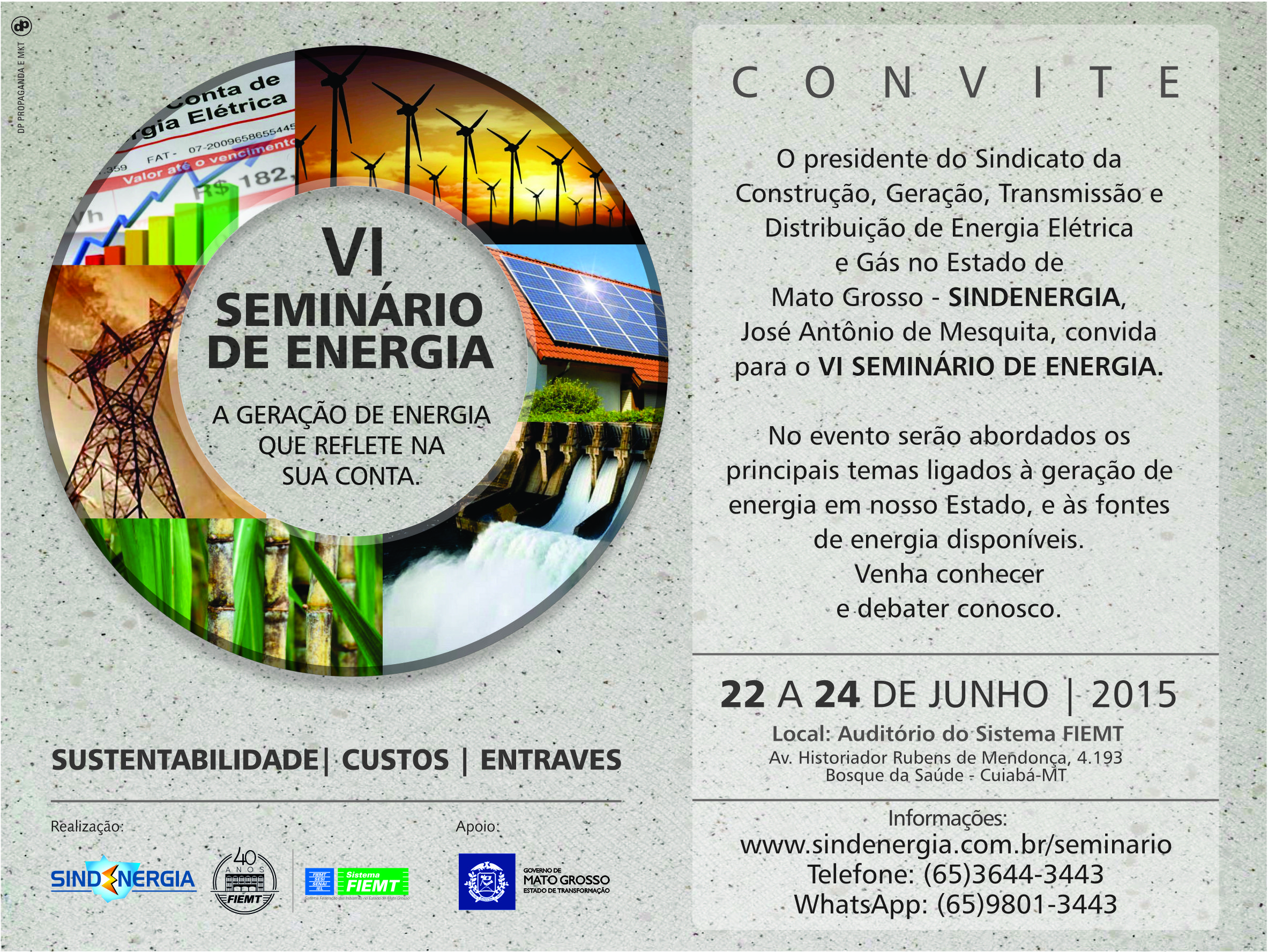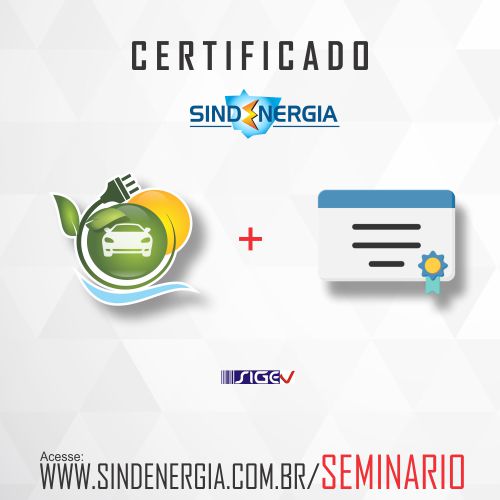Fonte: ANEEL
Journal of P&D (Research and Development): AES Eletropaulo develops techniques to reuse wastes
 CLICEnergia publishes the twenty-third of the 30 projects selected for the Journal of P&D (Research and Development), 4th Edition, released on 17/08/2011, during the VI Congress of Technological Innovation in Electric Energy (CITENEL) and the II Seminar on Energy Efficiency in the Electrical Industry (SEENEL), held in Fortaleza (CE). The goal is to provide society with the results achieved with the P&D projects The on-site publication monitors the order of insertion into the magazine.
CLICEnergia publishes the twenty-third of the 30 projects selected for the Journal of P&D (Research and Development), 4th Edition, released on 17/08/2011, during the VI Congress of Technological Innovation in Electric Energy (CITENEL) and the II Seminar on Energy Efficiency in the Electrical Industry (SEENEL), held in Fortaleza (CE). The goal is to provide society with the results achieved with the P&D projects The on-site publication monitors the order of insertion into the magazine.
The twenty-thirdarticle, from AES Eletropaulo, demonstrates how the distributor has worked to intelligently discard or reuse the waste produced by its own activity. According to the study, produced with researchers from the Universidade Estadual Paulista (UNESP) and the Universidade de Sorocaba, Eletropaulo has generated nearly four thousand tons of non-hazardous waste, subdivided into 30 groups. The sale of this material as scrap has rendered R$ 6.9 million for the concessionaire. A sorting of the material, by dismantling and separating the different types, would increase the value by R$ 600 thousand.
By combining economic and ecological thinking, the study showed that the reuse of materials can turn up as earnings for the company. Among Eletropaulo’s wastes in 2009 were about 214 tons of porcelain. Ground up, they could replace the 210 tons of gravel purchased annually by the concessionaire for use in substations. About 160 tons of intact porcelain could be used in the manufacture of gabions (hollow cylinders of iron tapes, filled with stones, to serve in dams and levees) for slope retention. It has furthermore been shown that even pieces of galvanized steel could be stripped (a process that removes the layer of varnish or paint), galvanized once more, and reused. Due to the wide variety of materials discarded by the distributor, the study concluded that further research is necessary in order to find new ways of harnessing and calculating the financial benefits.
The full text of all articles can be found here (Journal of P&D 4th Edition). (BT/PG)
ANEEL launches the fourth edition of R&D Magazine on the first day of CITENEL
Learn about R&D projects developed in the electricity sector
R&D Magazine: Photographic Sensor helps environmental monitoring
R&D Magazine: CHESF perfects alarm system for diagnosing failures
R&D Magazine: Project proposal provides allocation of transmission losses
R&D Magazine: stepped spillway model reduces kinetic energy in plant
R&D Magazine: system supports multiple use planning of river for generation
R&D Magazine: Research points benefits to municipalities affected flooded areas
R&D Magazine: Tool improves analysis of underground distribution network
R&D Magazine: Methodology identifies critical gaps in transmission lines
R&D Magazine: Equipment automates calibration of meters
R&D Magazine: Light studies measures to energy supply in UPP
R&D Magazine: Digitalized model reveals thermal limits of transformer
R&D Magazine: Light controls the underground defects through sound
R&D Magazine: Ampla creates system for remote cut in high voltage
R&D Magazine: Measurement of gas assists in maintenance of transformers
R&D Magazine: Celpe uses innovative methods to evaluate line insulators
R&D Magazine: Celpe identifies energy losses with artificial intelligence
R&D Magazine: CPFL innovates with crossheads in concrete light poles
R&D Magazine: CPFL accelerates growth with power outage flag
R&D Magazine: CPFL uses ultrasound to precisely assess poles and crossheads
|
Waste separation techniques from distributors increase revenue and environmental gains
Researchersfrom AES Eletropaulohave done a study to identifyand quantifywaste produced bythe concessionaireand to present opportunitiesto increaserevenue fromscrapand decrease the amountofdiscarded material.According tothe study, in 2009 AES Eletropaulogenerated nearlyfour thousand tons ofnon-hazardous waste, subdivided into 30 types. The saleof this material asscrapamounted toR$6.9 million for the distributor. Thestudies indicated that,the mere divisionof the materials,afterdisassemblyand separationwould increasethe valueof the saleby R$600 thousand. This procedurewould generate about214tons ofporcelainwhich, ground-up, could replacethe 210tonsof gravelpurchasedannually by theconcessionairefor useon the floorof the substations. The Assessment ofLifeCycle Studyhas indicated that thisproposal has8.5% less impact, in terms of for the environment, than the use ofnaturalgravel. Another proposalis the use ofcrushedporcelain in the formulation of concrete. About 160tons ofintact porcelaincould be usedin the manufacture ofgabions(hollow cylinder of irontapes, filled withstones, to serve indams andlevees) for slope retention. Pieces ofgalvanized ironcould bestripped(a process thatremovesvarnish or paint) and galvanizedonce more for reuse. Given thevariety andcomplexityofwastefrom such companiesand the lack ofresearch on the subject, the authors believe thatfurther studies shouldbe performedwhich are aimed at proposingnew alternativesand at quantifyingtheir benefit. Technical File |








